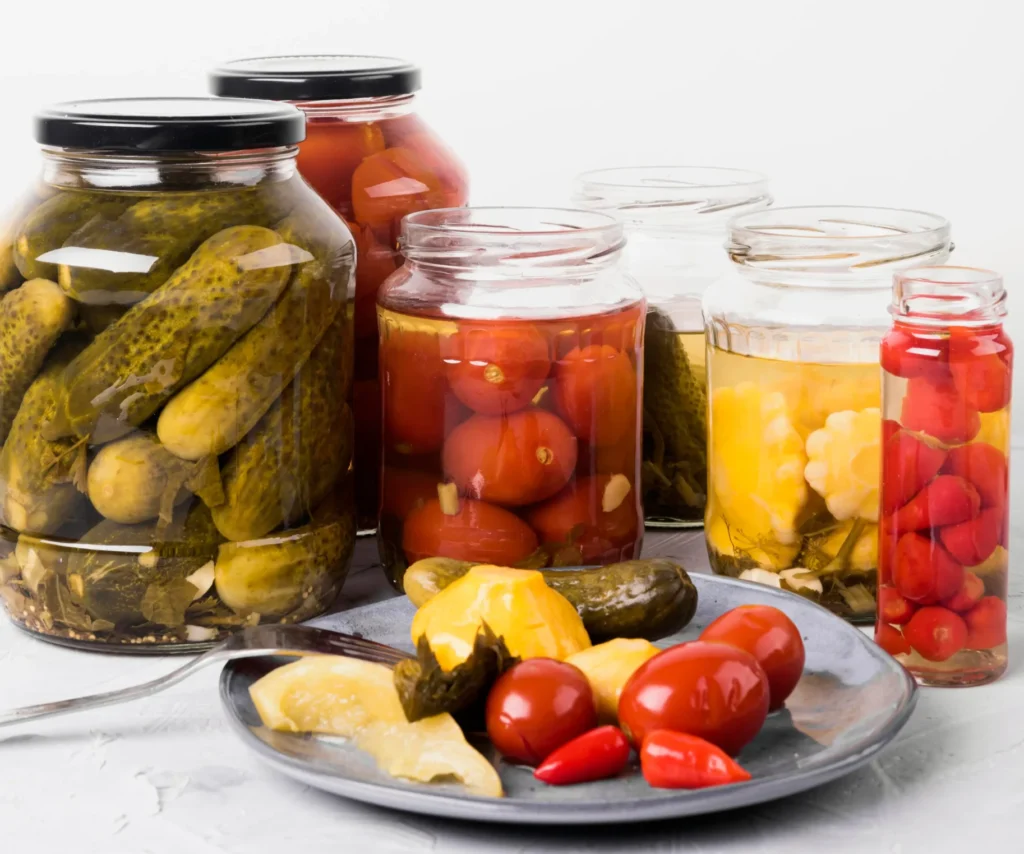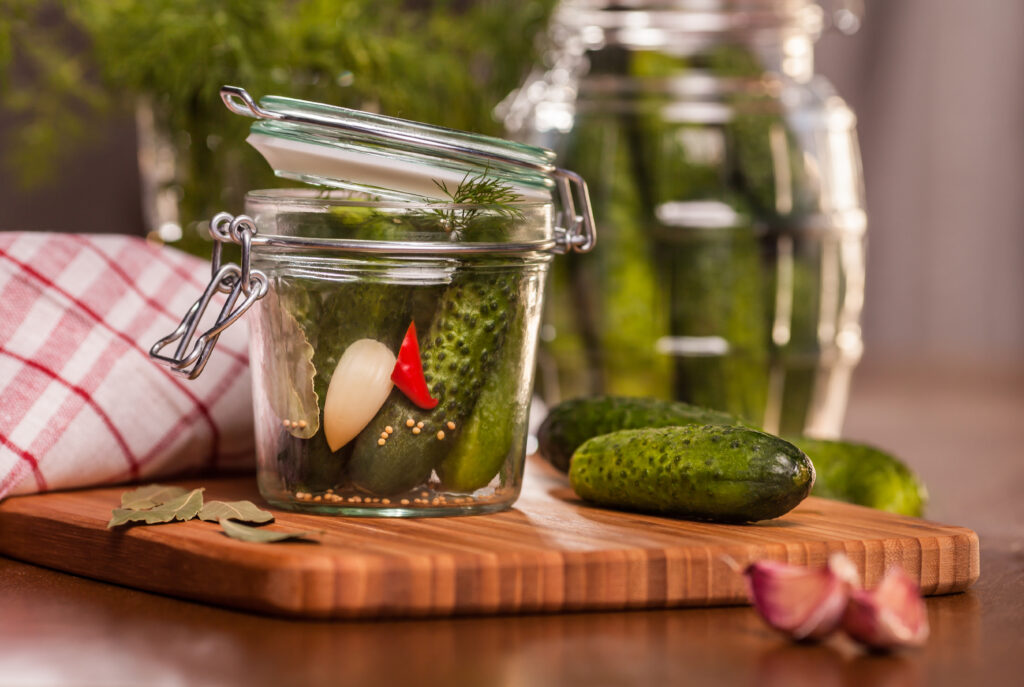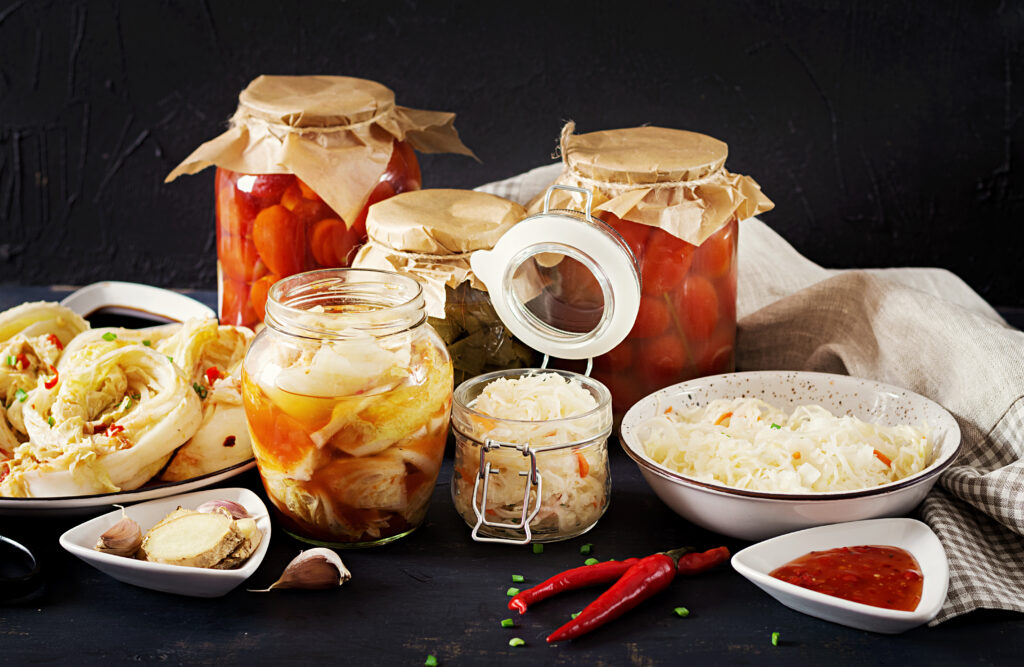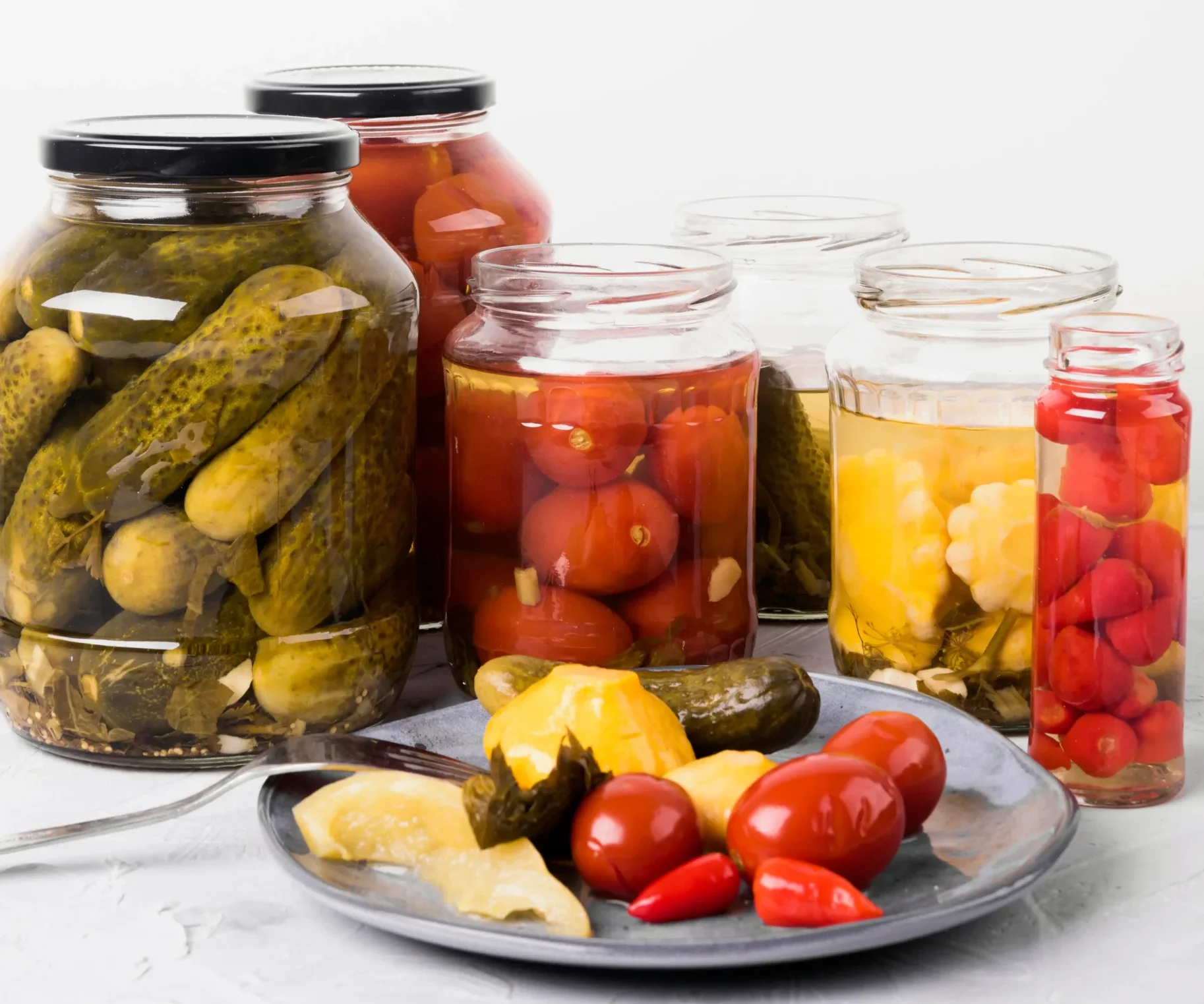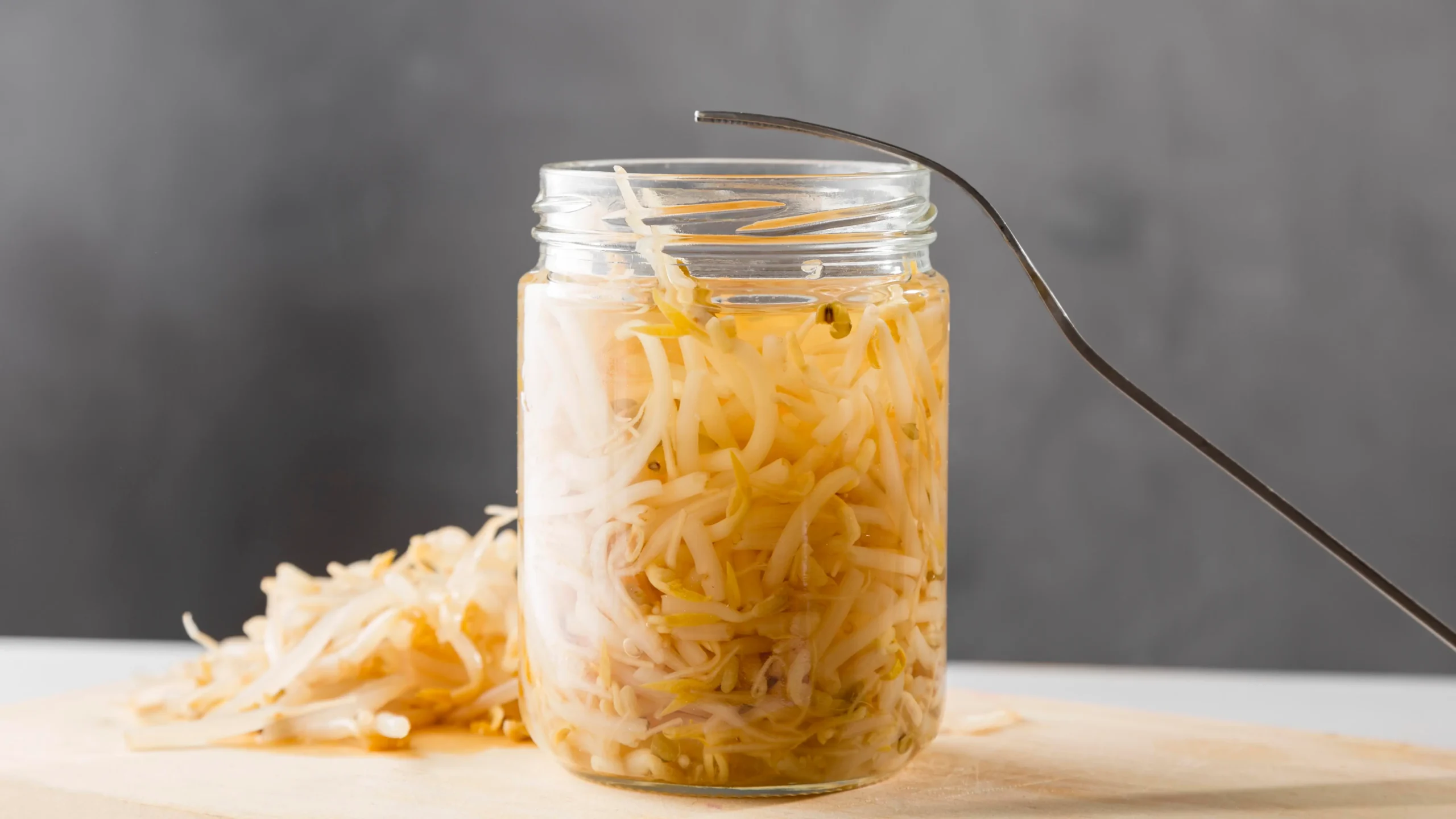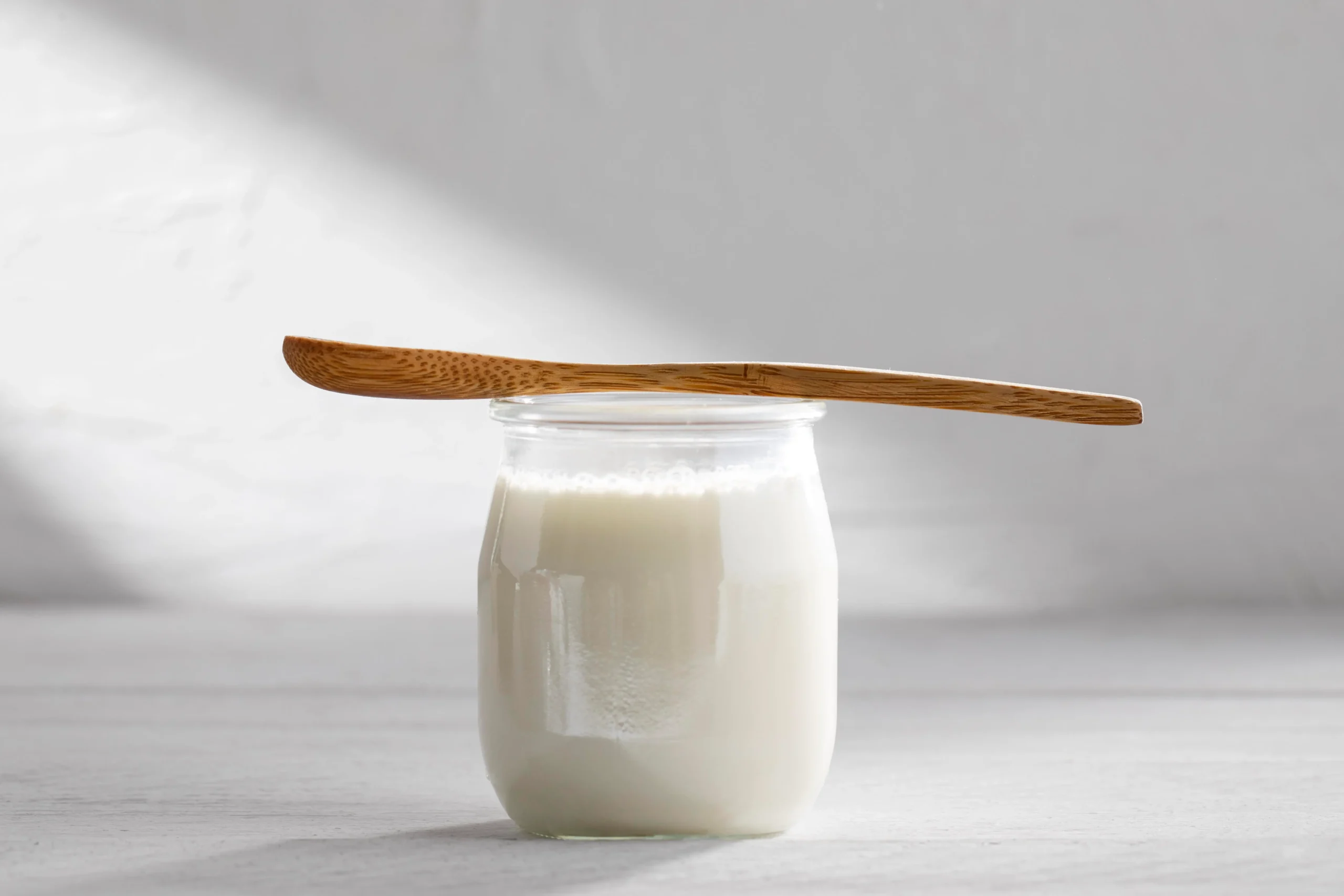Fermentation & Pickle Process
Fermentation is nature’s alchemy—a timeless dance between microbes and food that transforms the ordinary into the extraordinary. At the heart of this ancient craft lies the humble pickle, a symbol of preservation’s magic. Whether it’s the crisp tang of a lacto-fermented cucumber or the fiery kick of kimchi, pickles are more than just a condiment; they’re a living testament to the power of patience, bacteria, and salt. Here, we celebrate the art of turning simple ingredients into vibrant, probiotic-rich creations that nourish both body and soul. Welcome to a world where bubbles, brine, and bold flavors collide—welcome to the science, history, and deliciousness of fermented pickles

1. Fermented Pickles
- Traditional pickles (like lacto-fermented cucumbers, kimchi, or sauerkraut) are created through fermentation.
- Bacteria (usually Lactobacillus) naturally present on vegetables convert sugars into lactic acid in an anaerobic (no oxygen) environment.
- This process:
- Preserves the food.
- Creates tangy flavors.
- Produces probiotics (beneficial for gut health).
2. Vinegar-Based “Quick Pickles”
- Many modern pickles (e.g., store-bought jarred pickles) are not fermented.
- They’re made by soaking vegetables in acidic vinegar brine, which preserves them through acidity rather than fermentation.
- These lack probiotics and are faster to make.
Key Differences:
| Fermented Pickles | Vinegar Pickles |
|---|---|
| Alive with probiotics | No live cultures |
| Tangy from lactic acid | Sour from vinegar |
| Require days/weeks to ferment | Ready in hours/days |
| Fizzier, complex flavor | Crisp, sharp acidity |
Why They’re Linked:
- Fermentation is one of the oldest methods of food preservation, and fermented pickling has been used for millennia.
- The term “pickle” now broadly refers to any brined vegetable, but fermentation is the original (and healthiest) pickling method.
So, all fermented pickles are pickles, but not all pickles are fermented!

